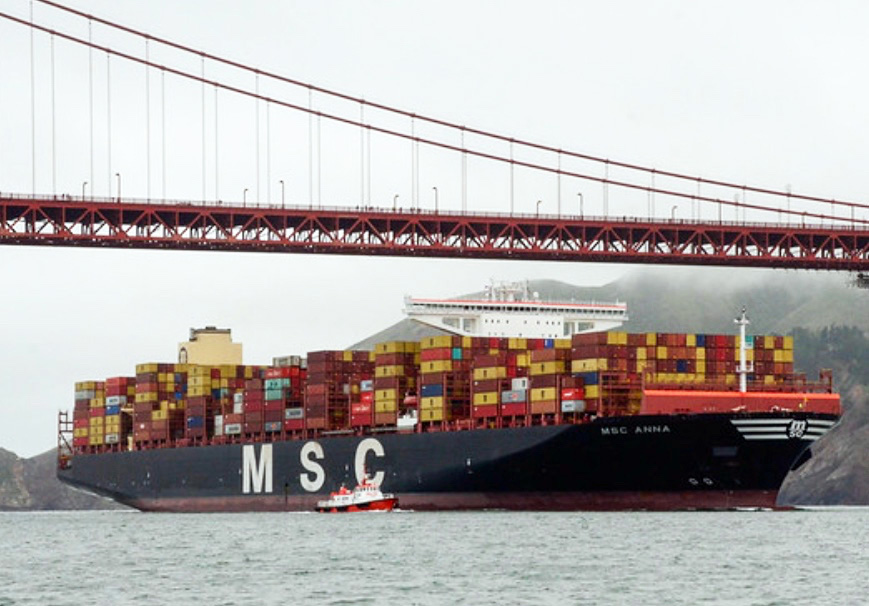One of the dark underbellies of the maritime shipping industry that no one likes to talk about is smuggling.
But the weekly magazine Bloomberg Businessweek has taken on the problem head-on in an expose detailing how one of the biggest goods shippers in the world, MSC—Mediterranean Shipping Company—was infiltrated in recent years by Balkan gangs engaging in vast amounts of drug smuggling.
In recent years, officials have found that multiple MSC vessels were carrying drugs, and a $100 million ship, the Gayane, was seized by authorities after finding $1 billion worth of cocaine onboard.
This information and more is detailed in a three-part series on the infiltration published in print and online in recent weeks.
US and European authorities are currently investigating how vessels operated by MSC were infiltrated.
“One method of smuggling drugs onto a boat is to start on land, stuffing containers with contraband and hoping it goes unnoticed. Another, more complicated method is to get the drugs onto the ship while it’s underway,” Bloomberg reporter Brandon Sapienza recently wrote. “That’s what happened with multiple MSC vessels—part of a campaign that required the complicity of some company employees to make it work.”
“Speedboats carrying black duffel bags stuffed with drugs approached moving container ships, and crew hoisted the bags up to the deck with pulleys,” Sapienza reported. “The transfers in many cases took place on the open ocean, without ever actually stopping the ships.”
He also found that in the U.S., ships found to be hauling drugs rarely suffer serious consequences outside of monetary fines. However, he said, the latest revelations could be an inflection point for the industry.
Customs officials have been pressing MSC to pay more than $700 million in penalties, people familiar with the matter told Businessweek.
The series of stories is an in-depth look at an important topic that doesn’t receive nearly enough attention in the U.S. or globally. An overview of the series of stories can be found here: https://tinyurl.com/43f587cu.
It’s highly recommended reading.
New Hire
In other news, I’d like to congratulate and welcome Michael White, who became the editor of one of Pacific Maritime’s sister publications, Professional Mariner, in mid-February.
Michael’s name may be slightly familiar to you if you’re a regular reader of this magazine because in his former role as a freelance writer, he authored a couple of articles for Pacific Maritime during the fourth quarter of 2022—one on shoreside powering of containerships and another on transition and transformation at Pacific Northwest ports.
I’ve gotten to know Michael a little over the past few months and am thrilled that has joined the Maritime Publishing family in a full-time position.
Prior to joining Maritime Publishing, he held a number of roles in the media and maritime industries, including being the communications manager for the San Fernando Bar Association, the Web editor and senior correspondent for Global Trade Magazine, and the publisher/editor of Pacific Coast Trade.
Michael, who resides in Los Angeles, also previously served as the North America marketing & communications manager for Mitsui OSK Lines America back in the late 1980s and early ‘90s.
His first day on the job with us was Feb. 13.
If you’re not familiar with Pro Mariner, you can see its content online and even get a free subscription by visiting professionalmariner.com.
Managing Editor Mark Nero can be reached at mark@maritimepublishing.com

